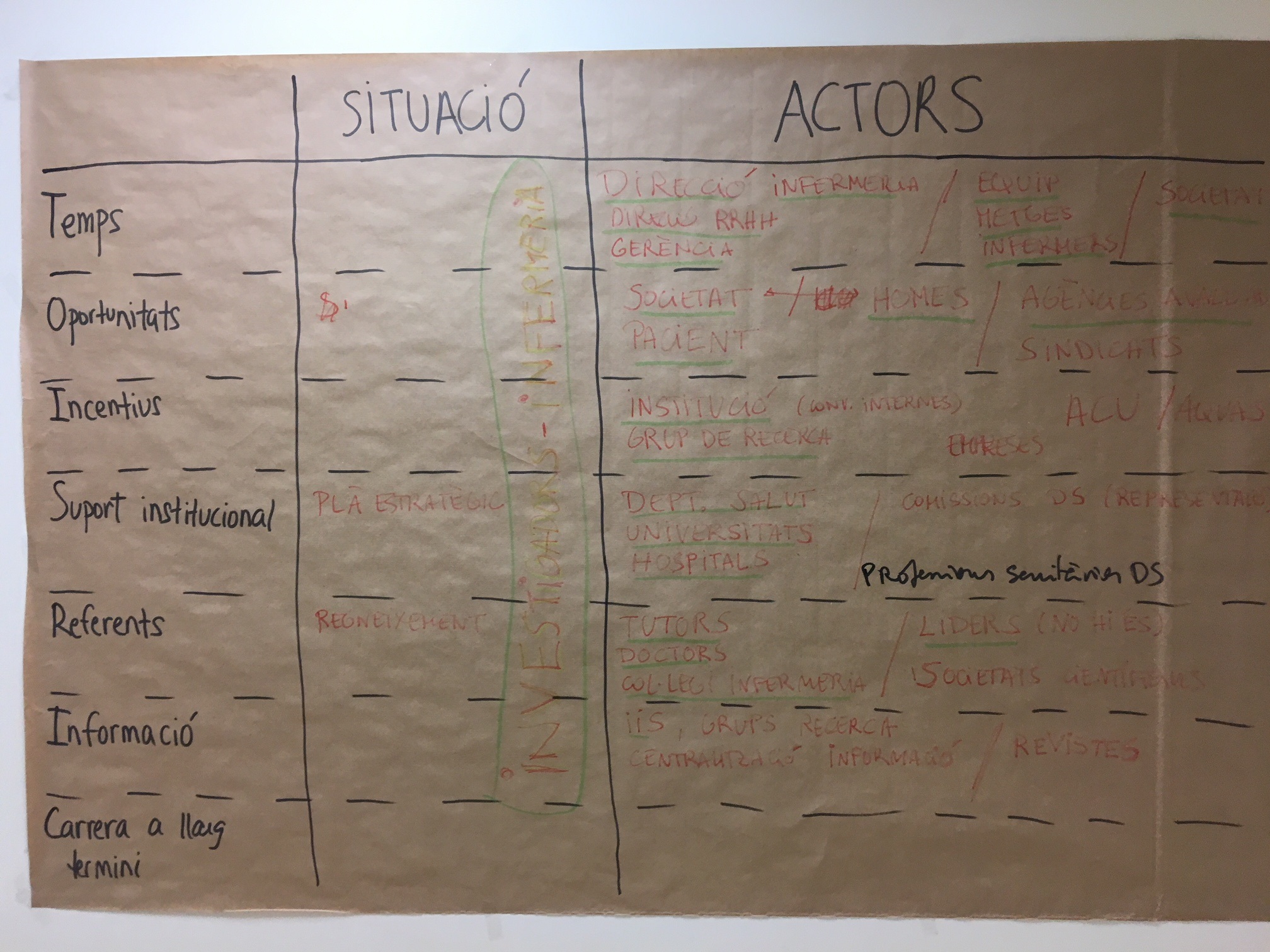
Innovation has been present in the AQuAS blog with projects such as Antisuperbugs and Ritmocore but there are many more on the go right now. Today we put the focus on the purchase of innovation and on how this innovative methodology can have an impact on clinical practice.
We interview Ramon Maspons, engineer specialised in the management of innovation and technology, coordinator of innovation at AQuAS.
What tools does the health system at present have within its reach to add value to healthcare?
The public procurement of innovation is one of the facilitating instruments when adopting innovation and developing policies for technology and innovation. Due to the characteristics of the health sector this becomes a strategic element. There are other sectors where this does not happen because the public purchaser does not have market power.
In what way does innovation provide added value?
At a first level, we could say that if there is no application no value is generated. At a second level, I would say that the changes in the process are what add value. And at a third level, we could talk directly about the user.
A very brief article was published not long ago on this subject in the journal Annals de Medicina. Recently, in another context, the King’s Fund published a report on models of innovation.
Could you highlight an innovative project within the field of innovation?
Yes, the PIPPI project, coordinated by the Karolinska University Hospital in which AQuAS is involved, together with six other institutions in the hospital and university environment in Sweden, Holland, Italy, Austria, Spain, Finland and the United Kingdom. It is a platform made up of hospitals from the European Hospital Alliance, which is the network of the most relevant European hospitals, and then AQuAS. The focus of this work group is the new models of procurement based on value using digital technologies as an element to transform health services.

Have you considered changing the name of the project?
No, but in fact yes, because the name has curious meanings and connotations in different languages. This was one of the subjects that arose in the Kickoff meeting of the project.
Jokes aside, what is the involvement of AQuAS in the PIPPI project?
The expertise of AQuAS in assessment, innovation and the procurement of innovation is key. This project proposes an environment where the different stakeholders involved in change can come to an agreement and work together, both when revealing the needs of a health system, of hospitals, as well as when involving companies, technological centres, universities, patients and caregivers.
It is a very ambitious aim. What would you say is special about this project?
Its strategic focus of putting the different stakeholders involved in improving healthcare in the same project but having the support of the leadership of hospitals and an assessment agency. Identifying needs and solutions using this vast network of diverse expertise is one of the strengths of this project.
How will the PIPPI project work?
The project needs to develop a community of practice where challenges can be posed and solutions considered within an international framework.
Could you be a little more specific about which environments digital technologies will have an impact on in the health services?
By all means. We can include very different subjects such as co-creation with clinicians, telemedicine, data analytics, artificial intelligence, and so on. Some aspects are nearer on the horizon and others more distant. There exists a powerful reflection on digital technologies: it is said that everything that is digitalised is dematerialised and demonetised (it may be a subject too complex to go into here) and there are also those who say that, in the end, what is digitalised is democratised, but now that really would be going into other subjects.
Earlier you mentioned involving patients – who and what are we talking about exactly?
The patient is a key element in procurement based on value because the patient generates value and this is something difficult for other sectors to understand. When we talk of digital transformation, the involvement of patients is often as necessary as it is a sensitive issue and a certain methodology is therefore required, or specific game rules. We are talking about complex systems which require complex ways of working where, among other things, very diverse sensitivities, organisational models, governances, health systems or types of providers are involved. In short, what we are talking about is getting patients to become a part of identifying needs and taking decisions; we are talking about expert patient concepts, the participation of citizens and about health literacy.
And how are you going to achieve all this?
As members of this consortium, we have the experience, knowledge, methodologies and leadership to forge ahead with a project of this nature. I recommend looking at the presentation of Romualdo Ramos and Tanja Stamm of the Medical University of Vienna to know more about this project.
What is the aim of the PIPPI project in a few words?
Impossible in just a few words, but can I do it in nine? Facilitating the joint design of the best healthcare possible.






